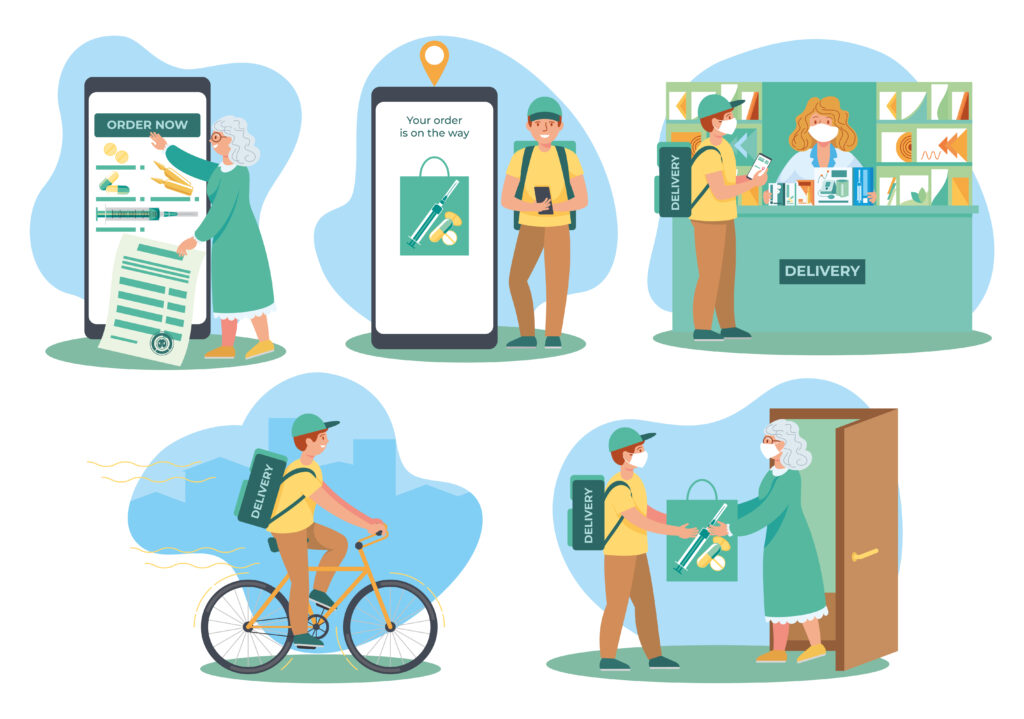How To Exercise Value-Driven App Development That Drives Revenue
08/11/2022
740
Table of Contents
Many software development teams spend long periods developing and rolling out features they’ve invested in, only to get lackluster results in customer satisfaction and overall revenue. On the other hand, some teams roll out a seemingly silly feature that eventually gets everyone giggling when using their app and drives more engagement.
So how do some teams get it right while others fail? Let’s lay out some key value-driven app development strategies that can help you boost revenue:
Involve industry experts
When development teams are creating software for a client, they often talk to one person on the client’s side or a few people in higher managerial positions. Instead, they should be speaking to people at various levels of the organization to determine how one department’s actions affect another department’s work.
Additionally, if the product isn’t just for internal use by one client but for a whole industry, it’s essential to talk to different people within that industry. This helps you learn what they are getting wrong individually and as a group. You can discover which approaches are unique to one organization and which workflow practices are industry-standard.
From here, you’ll know the must-have features that appeal to a larger group, then create a list of optional features that highlight the ingenious ways a few entities in that industry are tackling inefficiencies. Consequently, you can test these extras individually to see if they’ll be relevant for the whole industry or if they only worked for one organization due to their unique characteristics.

Remember, HR in an ecommerce company won’t be exactly the same as HR in a hospital, so if you know the product is aimed at a specific industry, find out that industry’s major pain points before you start development.
But what if the app is for the general public?
So let’s say you’re trying to make the next WhatsApp or TikTok. In that case, it helps to speak to experts in fields like messaging and communication, behavioral psychology and other broad studies. You should also identify people who have previously worked at firms that do what you’re trying to improve.
For example, a former PayPal worker could help you learn what’s missing in modern fintech products, depending on their role at the company.
Define value at each stage
It’s possible to make an app better in a particular area, like how fast it displays search results, but still not offer value. To create value and drive app revenue, you need to ask yourself, “What are users willing to pay for?” For example, many people are willing to pay for an app that helps them quickly get food from their favorite restaurants.
So after ascertaining what people are paying for, find out what’s missing in that product/service. What could be better than selecting the dish you want and receiving it quickly? The answer to this question starts with breaking down that entire process into various stages.
These may include; finding a good dish, making changes to an order (increasing quantity, choosing different toppings, zinger or regular, extra cheese), notifying the provider that you aren’t at your usual address, using alternative payment methods at checkout etc.

By dividing the process into such stages, it’s easier to determine what can go wrong in a particular phase or what can be added. Ultimately, something valuable changes the user’s behavior in one way or another. For example, a favorites menu makes users spend less time scrolling through entire catalogs. They’ll only do this when they are tired of their favorites.
So in that sense, a better-looking strip of thumbnails might make a user feel good, but the ability to see which item is unavailable or which currently has a discount is more valuable. The ability to quickly see what’s new, exclude items below or above a specific price, and other capabilities like that speak to someone who desires to pay.
Therefore, whenever your team decides to improve an app, you should represent goals as something that induces an action that could culminate in a sale. For example, goals should sound like, “Make it possible to search by price,” “Add option to change the delivery address for each order,” and “Add suggestions that would go well with the item ordered right before checkout.”
Shorten the feedback loop
It’s common for organizations to champion customer-centric product development, but listening to the user is only half the battle. To grow app revenue, you must transcend discovering what the people want and providing it. You should understand what they are saying and act on it faster than the competition.
To achieve this, you ought to categorize feedback based on different criteria, such as;
- How detailed is it? Is it a score or an entire paragraph?
- Is it a request for a new feature, a review of the whole app or a small comment on how responsive and helpful an existing feature is?
- How much does it cost to collect that feedback (the tech tools you need, the amount of time you spend collecting data, the number of people involved in the process and more)?

Teams often need to pay more attention to how organized they need to be to collect user opinions or observe and analyze user behavior. They need to remember that it can be tricky to put together a representative focus group, find a usability testing tool that tracks indicators in the desired manner, communicate feedback across the team and arrange meetings to brainstorm in response.
By categorizing feedback, it’s easier to visualize the entire journey of a user’s opinion, the time it’s received, and the different people that weigh in on how to respond to it up until it manifests in the next version of the product. Subsequently, you spend less time collecting irrelevant data or sitting on important information.
Wrapping Up
Value is subjective. This is what makes value-driven app development quite challenging. At the end of the day, there’ll always be some hit-and-miss scenarios, but if you want professional help practicing value-driven app development that drives revenue, contact us for a free consultation.
Related Blog





















